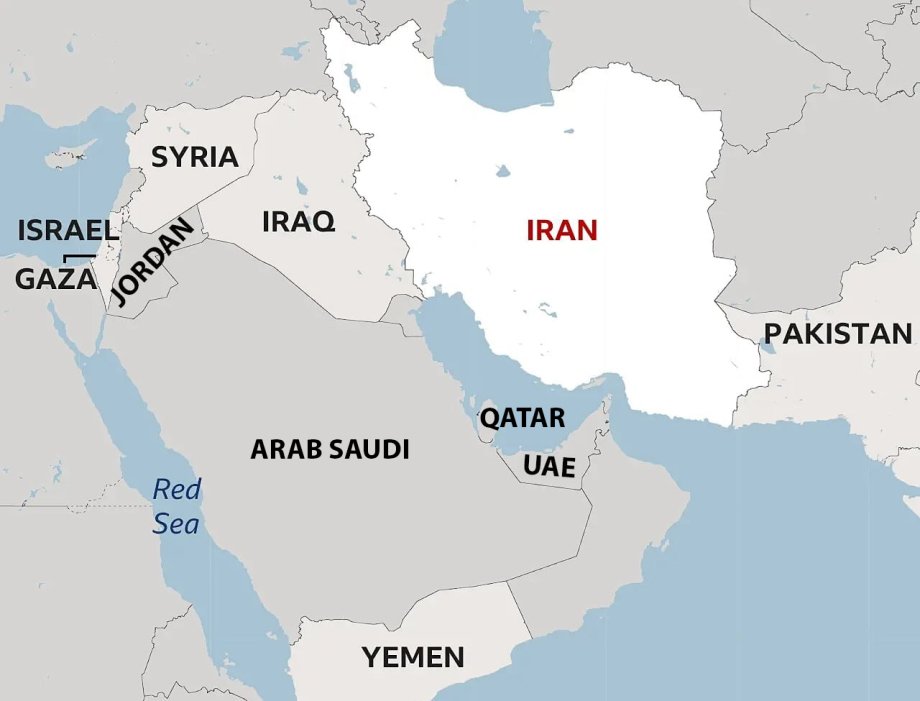Pakistan’s gas infrastructure is teetering on the edge of a crisis, with the line pack pressure alarmingly reaching the danger threshold of 5.13 billion cubic feet (bcf) post-May 5. A senior official disclosed to The News that the gas transmission system’s pressure was kept within a manageable range of 4.570-4.97bcf from May 5 until May 25. However, the situation took a turn for the worse between May 25 and 26 due to a significant reduction in RLNG usage by the power sector.
The Perilous Line Pack Pressure
The authorities have been compelled to curtail gas flows from domestic fields into the SNGPL system to mitigate the escalating line pack pressure. This strategy, while temporarily alleviating pressure in the system, endangers the sustainability of local gas production. Exploration and production companies have repeatedly warned that reducing gas flows as a protective measure could have dire consequences.
The Risk of Irreversible Damage
The reduction in natural gas flows, especially from wells on the verge of depletion, could cause irreversible damage. Once the flow is diminished, these wells may not recover to their initial output levels without substantial capital investment in artificial lift technologies.
The Current Scenario
As of May 26, the line pack pressure stood at 5.13bcf, a slight decrease from 5.17bcf recorded the previous day. Local Exploration and Production (E&P) companies have had to cut gas flows by 176 million cubic feet (mmcf) from 783 to 605mmcf. This reduction poses a significant threat to the operational integrity of the gas fields.
The power sector’s RLNG consumption has plummeted to just 475mmcf for electricity generation, which has inadvertently caused the line pack pressure to soar to 1.530bcf, placing the gas transmission system under considerable strain.
Sectoral Impact
The fertilizer sector’s consumption currently stands at 52 mmcf, up from 40mmcf on the preceding Saturday. Fatima Fertiliser’s RLNG intake was a mere 24mmcf due to the restart of their plant at 1900 hours on May 24, following their Annual Turn Around (ATA). The RLNG consumption rate is now at 32 million cubic feet per day (mmcfd). Engro Fertilizer’s system gas consumption was halted at 2200 hours on April 22, in anticipation of a 54-day Annual Turn Around of their plant. The data indicates that an extremely high-pressure condition persists across the transmission network, exacerbated by the reduced RLNG uptake by the power sector.














